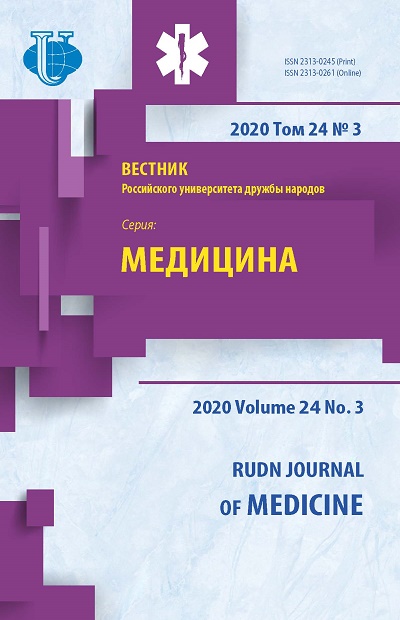Abstract
“Efficient performance” of physical activity is becoming a vital trend in modern football, which requires maximum objectification of the functional state of muscles. Aim: studying the electrical activity and functional relationships of sartorius and crurae muscles involved in phase movements of walking (running) by the method of multichannel registration of surface electromyogram (SEMG). Materials and methods: the study engaged the students of KSMU attending the football section and participating in football matches (n = 12). The electrical activity (EA) of the muscles involved in the implementation of walking (running): biceps femoris, musculus semimembranosus of the thigh and tibilais anterior muscle was registered. EA research was conducted with maximum volitional muscle tension. The recording was conducted using an 8-channel electroneuromyograph Neuro-MVP-8 prior to the football training and 30-60 minutes after. The data obtained were checked using Shapiro - Wilk tests. Ansari-Bradley test was used for small groups. Lastly, Kendall correlation coefficient was calculated to evaluate the functional relationships between the parameters of muscle EA. Results : The most significant changes in EA parameters after training consisted in their correlation. The presence of medium negative correlations between musculus semimembranosus of the thigh on right and left (r = -0.349) and the absence of correlation between the latter in the amplitude of EA were registered. Concurrently, positive correlations were noted between the EA parameters of the biceps femoris and semimembranosus (values ram.= 0,204, rfreq.= 0,226), as well as biceps femoris and tibilais (values ram.= 0,486, rfreq.= 0,452) of the left feet of football players. Conclusion: SEMG allows you to quantify the changes in electrical activity and functional connection of the muscles of the thigh and crurae involved in stepping and running. A realignment of the functional muscle complexes appears, which contributes to motor actions and implementation of dribbling after a training.















